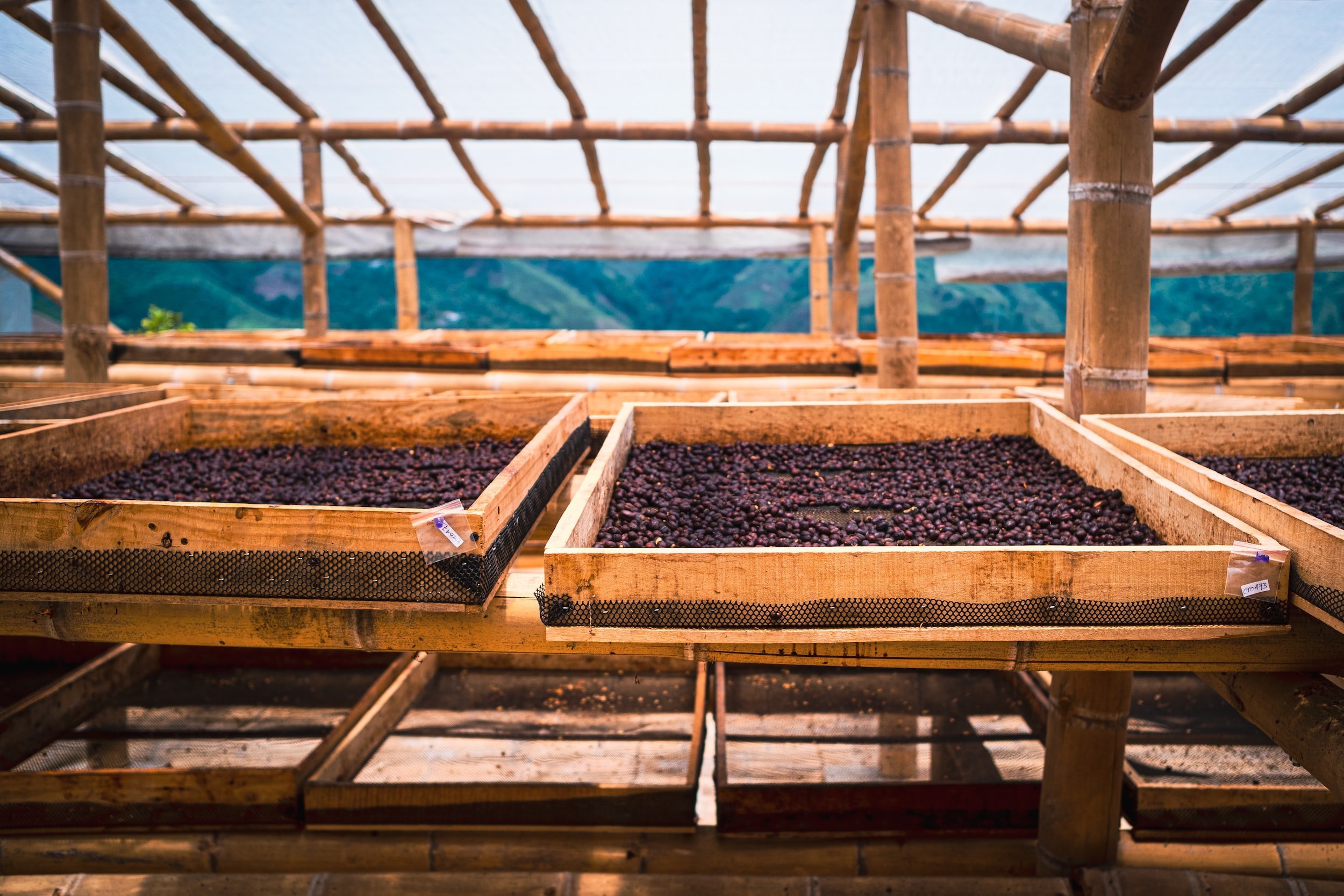Why Does My Espresso Taste Like Tomatoes?
Photo by @mmoddk
Why Does My Espresso Taste Like Tomatoes?
Picture this: you’re at La Colombe Coffee in Century City, admiring what looks like the perfect shot of espresso.
Dark, rich, with that velvety crema on top.
You lean in, anticipating the familiar aroma of roasted coffee—but instead, there's a surprising hint of something else.
A subtle, savory scent, almost like...tomato sauce.
Puzzled, you take a sip, and there it is—an unmistakable tang of tomatoes.
Not quite what you had in mind for your morning espresso, right?
Why Tomatoes?
Certain high-acid beans, particularly those from Kenya, can produce these surprising flavors.
If you’ve ever brewed with lighter roasts, you’ve probably noticed they highlight the bean’s natural acidity, sometimes revealing savory, even vegetal notes.
It was during one of my own coffee experiments at home—pulling shots from a Kenyan light roast—that I experienced this firsthand.
I had been expecting a bright, fruity espresso, but instead, I ended up with something shockingly tangy, almost like a splash of marinara had made its way into my cup.
At first, I thought I’d done something wrong.
But after adjusting the grind size and extraction time, I realized the issue wasn’t just the technique—it was the bean itself.
The under-extraction I had going on had pushed the acidity forward, emphasizing those tomato-like flavors.
Even perfectly pulled shots from high-acid beans can carry that distinctive brightness.
While some love the complexity this brings, others might find the savory notes a bit much.
If you’re craving a smoother, more balanced espresso experience, don’t worry—there are ways to tweak your brew.
How to Balance Acidity in Espresso
If your espresso is tasting more like tomatoes than you’d like, a few small adjustments can turn things around:
Choose a different roast: Medium or dark roasts are your friends here. These roasts tend to mellow out the acidity, giving you a richer, more rounded cup.
Fine-tune extraction: If you suspect the acidity is overwhelming, try a finer grind or increase the extraction time. This can help balance out the flavors, bringing out more sweetness to counter the brightness.
Switch origins: Not all beans are created equal when it comes to acidity. If you’re not into those savory notes, consider beans from regions known for their sweeter profiles, like Brazil or Colombia. These will give you a shot that leans more towards chocolate and caramel than tomatoes and herbs.
Espresso is all about balance.
By experimenting with your beans, roast level, and extraction method, you can dial in a shot that perfectly suits your taste.
It might take a few tries, but discovering that sweet spot is half the fun.
So, don’t be afraid to play around with different variables and see what works best for you.



